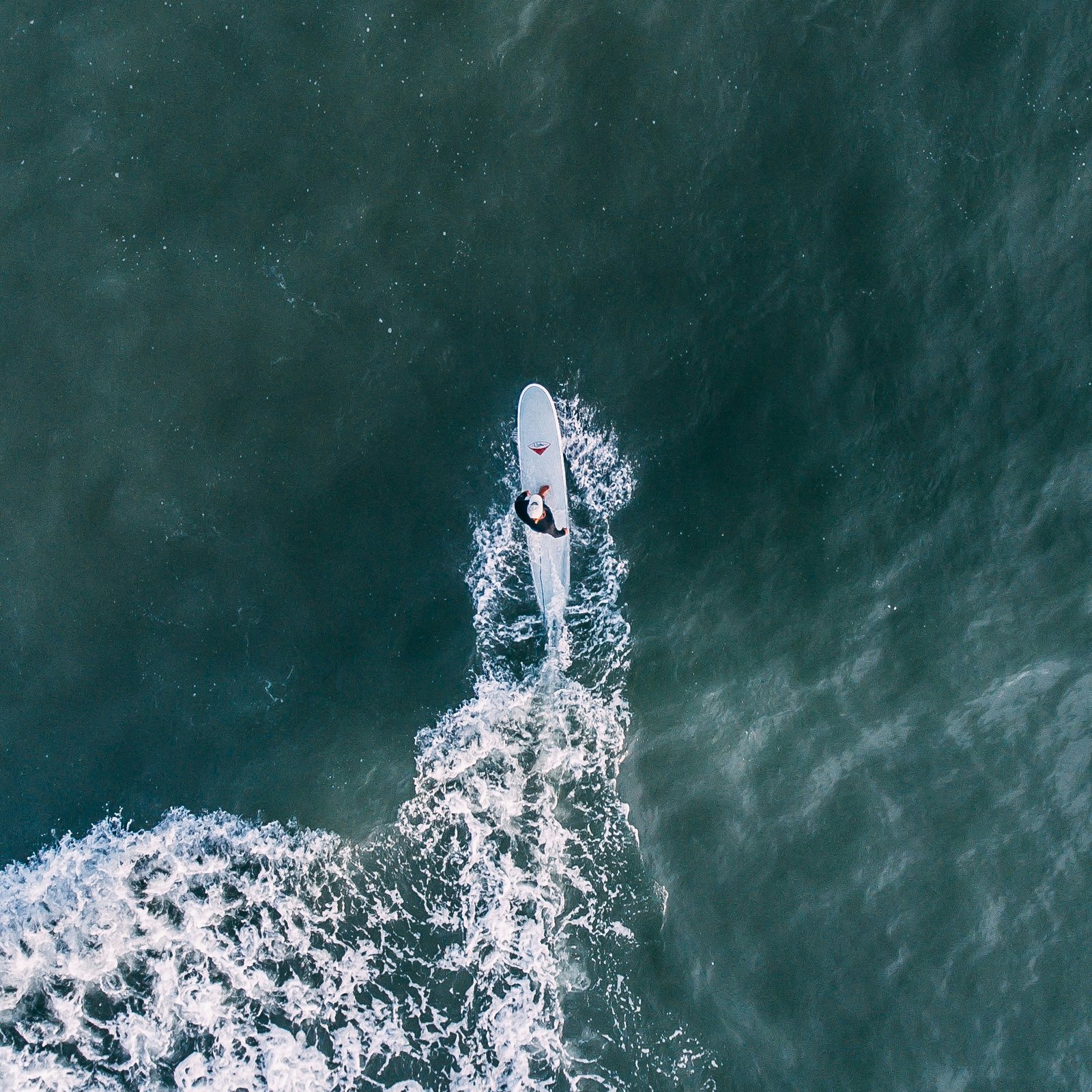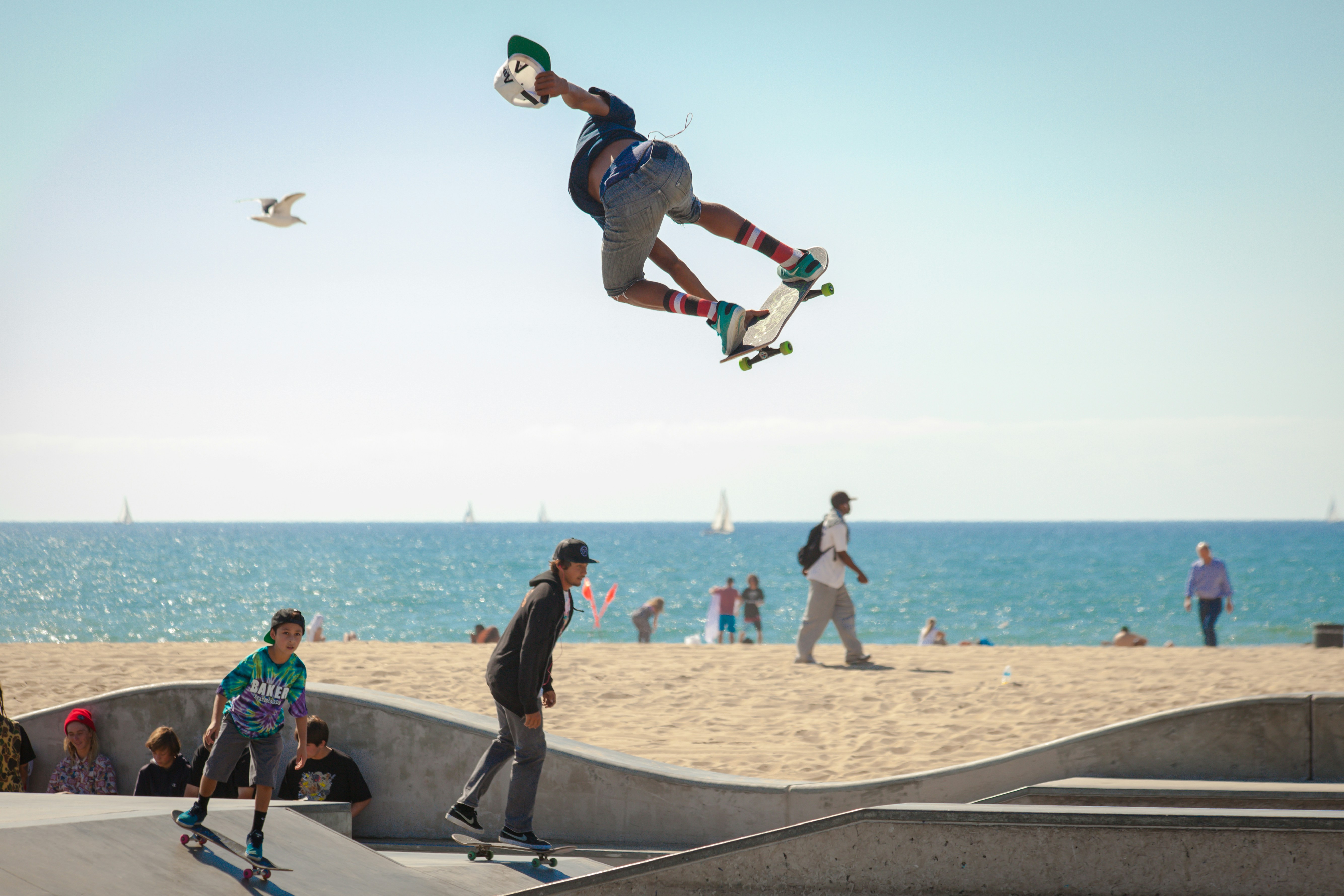Introduction to Florida Surfing
Florida, known for its stunning coastlines and warm climate, offers a unique surfing experience that attracts both novice and seasoned surfers. The state’s geographical diversity, characterized by its expansive beaches and varying wave conditions, creates an ideal environment for surfing year-round. Surfers can take advantage of the Atlantic Ocean on the east coast, which generally features consistent swells, while the Gulf of Mexico on the west coast offers a different surfing experience with its gentler waves.
The appeal of surfing in Florida extends beyond just the waves; the state’s climate is a significant factor as well. With mild winters and warm summers, surfers can enjoy the sport regardless of the season. This accessibility makes Florida a popular destination for surfing enthusiasts from all over the world. Furthermore, Florida boasts an array of surf spots, ranging from beginner-friendly beaches to challenging breaks for advanced surfers. This diversity ensures that there is something for everyone, no matter their experience level.

Top Surfing Locations in Florida
Florida is renowned for its diverse surfing locations that cater to both novice and experienced surfers. Among these locations, Cocoa Beach stands out as one of the most iconic spots in the state. Known for its consistent waves and warm waters, Cocoa Beach attracts surfers year-round. The gentle beach breaks are perfect for beginners, while seasoned surfers can take advantage of the more challenging swells that arrive during the winter months. Additionally, the local surf culture is vibrant, with numerous surf schools and events, making it an ideal spot for anyone looking to immerse themselves in Florida’s surfing scene.
Another notable destination is Daytona Beach, which offers diverse surfing conditions. The expansive sandy beaches allow for plenty of space, even during peak season. The north side of the beach is often favored for its powerful waves, especially when hurricanes swell the Atlantic Ocean. Daytona Beach also hosts various surfing competitions, contributing to its energetic atmosphere. The proximity to the city means surfers can enjoy both the waves and the nightlife, adding to its appeal.
New Smyrna Beach is often considered the surfing capital of Florida, famous for its consistent surf and unique local culture. With several well-loved breaks, including the infamous “The Inlet,” surfers can expect smooth rides and occasional larger waves, especially during the spring swell. The local vibe embraces a tight-knit community, with surf shops and eateries that cater to surfing enthusiasts. Seasonal conditions can vary, but the reliable surf here ensures that riders have ample opportunities to catch waves year-round.
Overall, Florida boasts exceptional surfing spots that each provide distinctive experiences. From Cocoa Beach’s leisurely waves to Daytona Beach’s competitive spirit and New Smyrna Beach’s community feel, Florida’s surf culture continues to thrive, inviting surfers to ride its waves like seasoned pros.

The Surfing Community and Culture in Florida
Florida’s surfing community is a vibrant tapestry woven from the diverse backgrounds of its surfers, united by their shared passion for riding the waves. From the shores of Jacksonville to the beaches of Miami, local surf schools serve as hubs for both novices and seasoned surfers, offering lessons, equipment rentals, and surf camps. These institutions play a vital role in nurturing new talent, fostering camaraderie, and embedding the essential values of respect and safety among surfers. Surf schools such as the Earth to Ocean Surf School and the South Florida Surf School have cultivated a welcoming environment, facilitating connections among learners and instructors alike.
Moreover, Florida’s surfing culture is characterized by a series of competitions and events that showcase the prowess and skill of local surfers. Renowned contests like the Vans US Open of Surfing, held in Huntington Beach, while not exclusive to Florida, have become a benchmark for surfers across the state. Local events, such as the St. Augustine Surf Competition and various charity contests, highlight the talent present along the coastline while bringing the surfing community together for a shared purpose. The excitement of competition not only elevates the sport but also strengthens the bonds between surfers, both old and new.
Respect for the ocean is a prevailing ethic in the Florida surfing community. Surfers are encouraged to honor the waves and the environment that sustains them. This commitment extends to maintaining clean beaches and promoting awareness of marine conservation. Many local surfers emphasize the importance of ‘surf etiquette’, which includes prioritizing the safety and enjoyment of fellow surfers. As one local surfer eloquently stated, “We are all part of this ocean community, and it’s our responsibility to take care of it.” This sentiment encapsulates the spirit of Florida’s surfing culture, where respect for the environment and camaraderie among peers are paramount.

Tips for Surfing in Florida
Florida offers a diverse range of surfing conditions suitable for both beginners and advanced surfers alike. To make the most of your experience, it is essential to understand the best times to surf, the proper gear to bring, and local surf etiquette.
First and foremost, timing is critical when searching for optimal wave conditions. In general, Florida experiences its best surf during the fall and winter months, from September to April, when cold fronts create more powerful swells. Early mornings and late afternoons tend to yield the most favorable conditions, as winds are calmer and crowds are usually smaller. Monitoring local surf reports can greatly assist in selecting the best times to hit the water, ensuring you catch the ideal waves.
When it comes to gear, selecting the right surfboard and wetsuit is crucial. For beginners, a longer and wider board typically offers greater stability, making it easier to ride the waves. As for wetsuits, the water temperature varies depending on the season, with warmer months often requiring only board shorts or a rash guard, while winter may necessitate a thicker wetsuit for insulation. Additionally, essentials such as sunscreen, surf leashes, and wax should not be overlooked to ensure you are well-prepared for your surfing adventure.
Understanding local surf etiquette enhances the surfing experience for everyone involved. Key principles include waiting your turn in the lineup, avoiding dropping in on another surfer’s wave and communicating clearly with fellow surfers. This mutual respect fosters a positive environment in the water. Furthermore, safety should always be a priority. Be mindful of currents, tides, and weather conditions, as well as the presence of marine life.
By adhering to these tips, surfers can confidently navigate Florida’s beaches, whether they are new to the sport or looking to refine their skills on the waves. Making informed choices will not only enhance the surfing experience but also ensure a safe and enjoyable time in the vibrant surfing community of Florida.





Leave a Reply